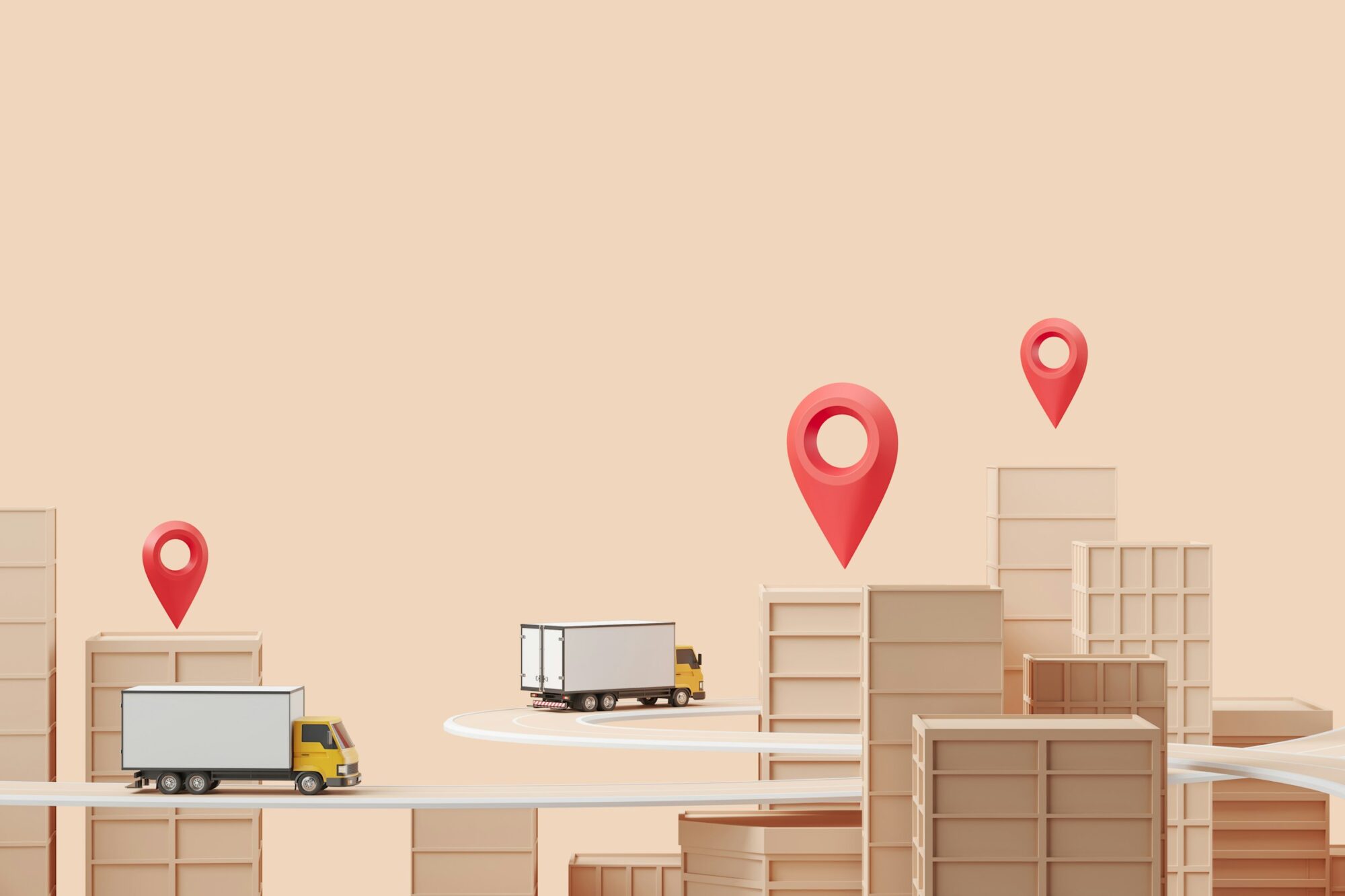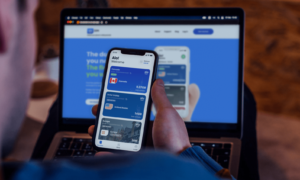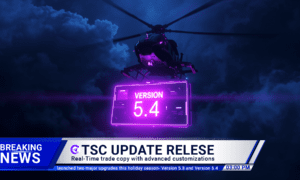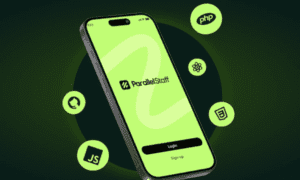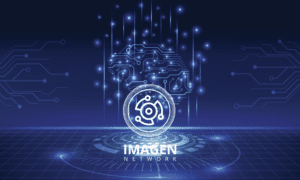In today’s fast-paced, data-driven economy, the ability to track and locate assets in real time has become crucial across industries. From manufacturing and logistics to healthcare and construction, knowing the precise location and status of physical assets can significantly improve operational efficiency, reduce losses, and enhance decision-making.
With the emergence of advanced technologies, businesses now have access to a wide array of tools designed specifically to track and locate assets with unprecedented accuracy. This blog explores the best technologies available today, how they work, and the advantages they offer.
-
GPS (Global Positioning System)
Overview: GPS technology uses a network of satellites to pinpoint the geographic location of a device anywhere on Earth. It is one of the most commonly used methods to track and locate assets, particularly mobile ones such as vehicles and shipping containers.
Key Benefits:
- Global coverage
- Real-time location updates
- Integration with mobile and cloud-based platforms
Use Cases:
- Fleet management
- Shipping and delivery tracking
- Asset theft prevention
While GPS is highly effective in open areas, its accuracy can diminish in densely built urban environments or indoors.
-
RFID (Radio Frequency Identification)
Overview: RFID uses electromagnetic fields to automatically identify and track tags attached to objects. These tags can be passive (no power source) or active (battery-powered) and can transmit data to RFID readers.
Key Benefits:
- Rapid scanning of multiple assets
- Accurate indoor tracking
- Low operational costs for passive RFID
Use Cases:
- Inventory management
- Warehouse operations
- Hospital equipment tracking
RFID is ideal for environments where assets are in close proximity and can pass by a reader, such as on a conveyor belt or at a doorway.
-
Bluetooth Low Energy (BLE)
Overview: BLE technology involves small sensors or beacons that transmit a unique signal to nearby Bluetooth-enabled devices. Applications pick up and interpret these signals to determine proximity.
Key Benefits:
- Low energy consumption
- Cost-effective
- High compatibility with smartphones and tablets
Use Cases:
- Real-time asset tracking in retail
- Employee and visitor tracking in office buildings
- Indoor navigation
BLE is especially beneficial in enclosed environments such as retail stores and hospitals, where precise indoor location tracking is needed.
-
IoT (Internet of Things)
Overview: IoT enables the connection of everyday objects to the internet, allowing them to send and receive data. IoT asset tracking systems utilize sensors and connectivity solutions (like LTE, NB-IoT, or LoRaWAN) to monitor the real-time location and condition of assets.
Key Benefits:
- Continuous data collection
- Remote monitoring
- Scalable infrastructure
Use Cases:
- Cold chain monitoring
- Smart manufacturing
- Construction site management
IoT platforms provide a holistic view of asset health, movement, and utilization, making them ideal for industries requiring constant supervision and data analytics.
-
UWB (Ultra-Wideband)
Overview: UWB is a short-range, high-bandwidth radio technology used for highly precise asset location tracking, often down to centimeters.
Key Benefits:
- Extremely accurate location tracking
- Minimal signal interference
- Strong security features
Use Cases:
- Robotics and automation
- Tool tracking in smart factories
- Sports and event analytics
Though more expensive than other technologies, UWB is gaining traction in sectors that require pinpoint precision and high reliability.
-
Wi-Fi-Based Tracking
Overview: Wi-Fi-based tracking utilizes the signal strength from wireless access points to the triangulate a location of the connected devices. It is widely used due to the ubiquity of Wi-Fi infrastructure.
Key Benefits:
- Utilizes existing networks
- Decent indoor coverage
- Real-time monitoring
Use Cases:
- Office asset management
- Indoor navigation systems
- Hospital patient tracking
-
NFC (Near Field Communication)
Overview: NFC is a very short-range subset of RFID technology. It requires physical proximity or touch between the reader and the asset tag.
Key Benefits:
- High security
- Simple to use
- Low energy consumption
Use Cases:
- Secure asset check-in/check-out
- Authentication of high-value items
- Healthcare equipment tracking
NFC is best suited for controlled environments where user interaction with the asset is required.
-
Satellite-Based Tracking (Beyond GPS)
Overview: For assets located in remote or offshore areas where traditional GPS might face limitations, satellite-based tracking offers a more robust and reliable solution using dedicated satellite communication networks.
Key Benefits:
- Works in remote, non-networked areas
- High reliability
- Global reach
Use Cases:
- Maritime shipping
- Oil and gas exploration
- Wildlife tracking
This technology is often essential for industries operating in harsh or isolated environments.
Choosing the Right Technology
Selecting the right technology to track and locate assets in real time depends on several factors:
- Environment: Indoor vs. outdoor, urban vs. remote
- Asset type: Stationary vs. mobile, high-value vs. disposable
- Accuracy requirements: Rough location vs. centimeter-level precision
- Budget constraints: Upfront vs. operational costs
- Integration needs: Compatibility with existing systems and platforms
Often, businesses adopt a hybrid approach, combining multiple technologies to achieve optimal tracking accuracy and coverage.
Conclusion
The ability to track and locate assets in real time is a game-changer for modern businesses. It enhances visibility and security and supports data-driven decisions and operational efficiency. Whether you’re managing a fleet of delivery trucks, overseeing hospital equipment, or monitoring inventory in a warehouse, leveraging the right tracking technology can deliver measurable ROI and long-term strategic benefits.
With the rapid evolution of asset tracking technologies, staying informed and adaptable is key. By understanding the strengths and limitations of each method, organizations can build tailored solutions that fit their unique operational landscapes and future-proof their asset management strategy.

